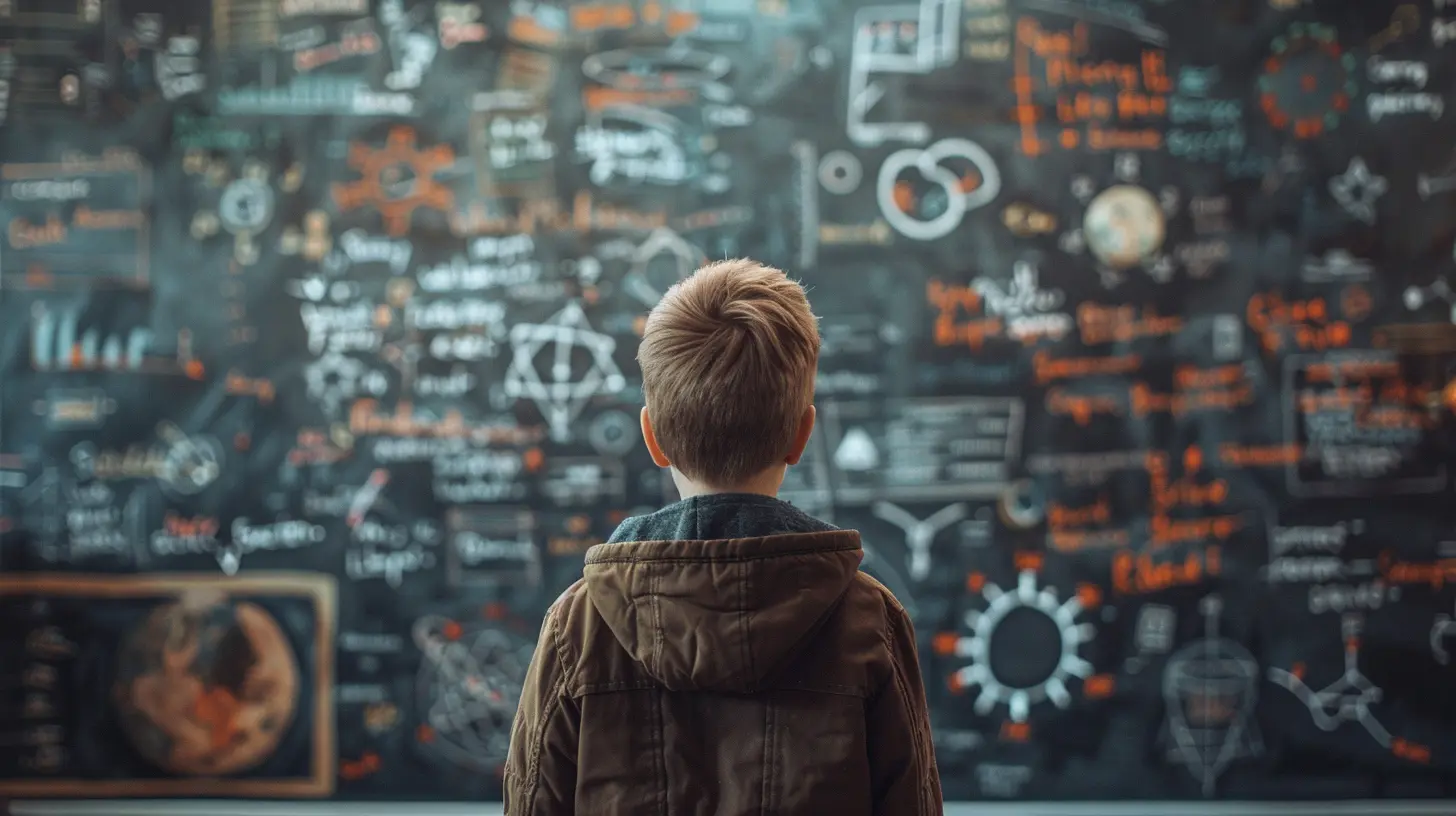Rethinking Education: Why Self-Assessment Matters in Today’s Learning Environment
26 June 2025
Education is evolving faster than ever, and traditional learning methods are no longer enough. In today’s fast-paced world, students need to take control of their learning, and that’s where self-assessment comes in. It’s not just about grades anymore; it’s about understanding, growth, and lifelong learning.
But why does self-assessment matter so much? How does it shape the learning experience? And most importantly, how can students, teachers, and parents embrace it for better educational outcomes? Let’s dive in!
What is Self-Assessment in Education?
Self-assessment is the process of students evaluating their own learning. Instead of waiting for teachers or exams to tell them how they’re doing, students take an active role in measuring their progress.It involves:
- Reflecting on strengths and weaknesses
- Identifying areas for improvement
- Setting personal learning goals
- Tracking progress over time
Think of it like looking in a mirror—not to judge yourself harshly but to recognize where you shine and where you need to improve.
Why Traditional Assessment Falls Short
Let’s be honest—traditional assessments like standardized tests and quizzes don’t always reflect a student’s true abilities. They often measure rote memorization rather than real understanding.Here’s why they’re not enough:
1. They Don’t Encourage Deep Learning
Most students cram before an exam, score high, and then forget everything within weeks. That’s not learning; that’s short-term memory at its finest.2. They Create Unnecessary Stress
We’ve all been there—burning the midnight oil, stressing over grades, and feeling anxious about failure. Traditional assessments can make learning a pressure cooker instead of an enriching experience.3. They Don’t Teach Self-Reflection or Growth
If students only rely on external feedback (like test scores), they never learn how to reflect on their own progress. Self-assessment teaches critical skills that go beyond the classroom.
The Power of Self-Assessment in Learning
Self-assessment flips the script. Instead of passively receiving grades, students actively engage in their learning journey. Here’s how it transforms education:1. Encourages Responsibility and Independence
When students evaluate themselves, they become more responsible for their learning. They stop relying on teachers for validation and start owning their progress.2. Builds Confidence and Motivation
Ever noticed how people thrive when they recognize their own improvements? Self-assessment boosts confidence by helping students see how much they’ve grown, even if they’re not perfect yet.3. Encourages a Growth Mindset
A fixed mindset says, “I’m bad at math.” A growth mindset says, “I struggled with math, but I can improve.” Self-assessment helps students shift from a defeatist attitude to one that embraces challenges as opportunities.4. Improves Critical Thinking Skills
By analyzing their own work, students start developing critical thinking skills. They learn to ask themselves, Did I answer the question completely? Could I explain this to someone else? These self-checks improve comprehension.5. Prepares Students for Real Life
In the real world, there are no multiple-choice tests. Whether it's in the workplace or personal growth, people need to reflect, adapt, and improve. Self-assessment builds these essential lifelong skills.
How to Implement Self-Assessment in Learning
Now that we know why self-assessment matters, let’s talk about how to incorporate it into education effectively.1. Use Self-Reflection Journals
Encourage students to keep a journal where they can write about what they learned, what challenged them, and how they can improve.2. Incorporate Rubrics and Checklists
Provide students with a clear rubric for assignments and let them grade themselves before submission. This helps them identify gaps and refine their work.3. Encourage Peer Assessments
Nothing helps us see our own mistakes like reviewing someone else’s work. Have students assess each other’s assignments—it teaches both parties valuable lessons.4. Set Learning Goals
Students should set personal learning goals at the beginning of a course or assignment. When they assess themselves, they can measure progress against these goals.5. Foster Open Discussions
Create an environment where students feel comfortable discussing their strengths, weaknesses, and learning strategies. Open conversations about progress help normalize self-assessment.6. Use Digital Tools for Tracking
Technology can make self-assessment easier. Apps like Google Forms, Kahoot, or even simple self-grading quizzes can help students measure their understanding efficiently.Addressing the Challenges of Self-Assessment
Of course, self-assessment isn’t perfect. Some students might struggle with honest reflection or overestimate (or underestimate) their abilities. Teachers can guide them by:- Providing examples of strong self-assessments
- Offering gentle feedback to keep them on track
- Encouraging regular practice to make self-reflection a habit
Self-assessment isn’t about getting it right all the time—it’s about developing awareness and growth over time.
Final Thoughts: The Future of Learning is Self-Driven
Education is undergoing a massive transformation. Information is everywhere, and students must learn to think for themselves rather than just memorize facts. Self-assessment plays a critical role in this shift.By encouraging students to reflect, analyze, and improve, we’re not just preparing them for exams—we’re setting them up for lifelong success.
So, whether you're a student looking to improve, a teacher aiming to empower, or a parent hoping to support your child’s learning—self-assessment is a game-changer.
The real question is: Are we ready to embrace it?
all images in this post were generated using AI tools
Category:
Self AssessmentAuthor:

Anita Harmon
Discussion
rate this article
1 comments
Morrow Watson
What an intriguing perspective! I’m curious about how self-assessment can empower students to take ownership of their learning. Could it also reshape the teacher-student dynamic in innovative ways?
July 21, 2025 at 4:57 AM

Anita Harmon
Thank you for your thoughtful comment! Self-assessment encourages students to reflect on their progress and set personal goals, fostering ownership of their learning. This shift can indeed transform the teacher-student dynamic, promoting collaboration and mutual accountability in the learning process.


